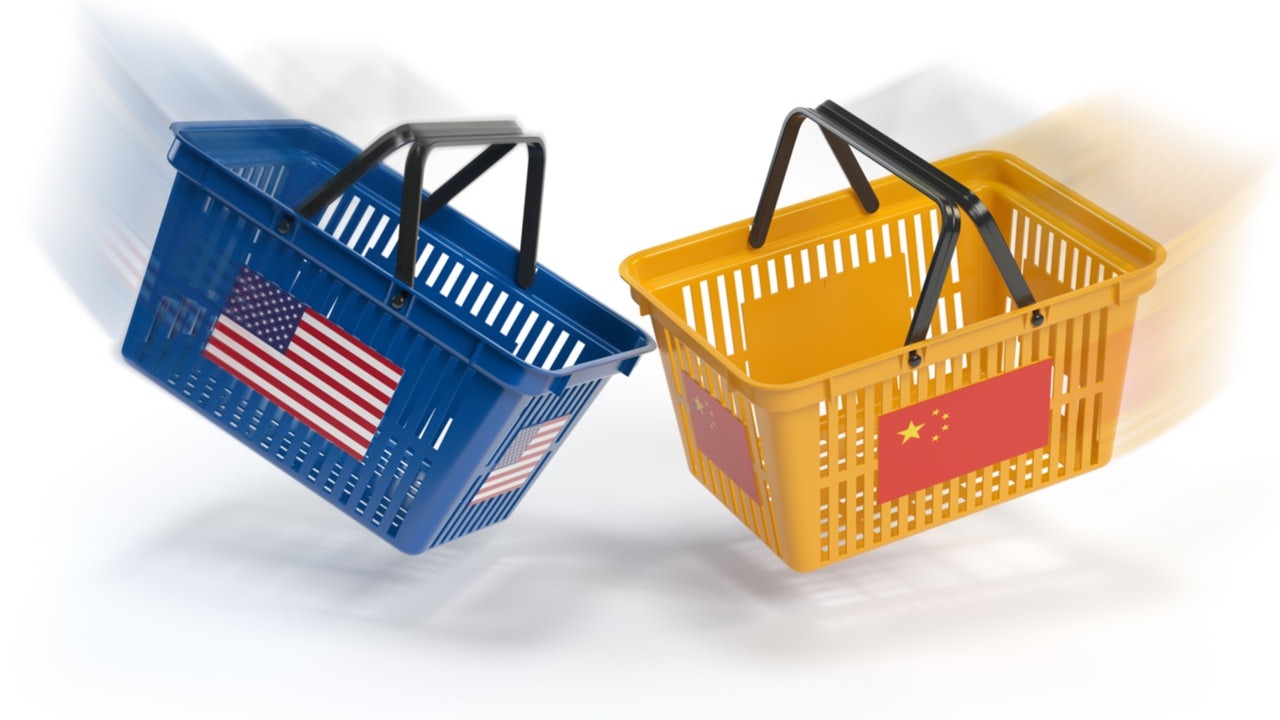One year and $200 billion worth of tariffs later, the U.S.-China trade war is showing few signs of abating. Last week, President Trump placed a new 15 percent tariff on $300 billion worth of consumer goods, from footwear to TVs to smartphones, starting Sep 1st. Beijing retaliated by increasing tariffs on $75 billion worth of U.S. products. And though the tit-for-tat tariffs have intensified the sense of nationalistic conflict, in today’s interconnected economy of multinational companies, the simplicity of this Washington-Beijing clash rings somewhat false. This holds especially true for the fashion industry, where a product sold in America might have been sourced in China, manufactured Vietnam, and shipped via Panama.
President Trump has repeatedly stated that China pays for any tariffs, but in reality, U.S. companies shoulder the burden, with smaller players absorbing an outsized cost of the continuing crisis, as these American companies depend on affordable Chinese factories to make their products. “The money’s going to come from somewhere,” says Stephen Lamar, Executive Vice President for American Apparel and Footwear Association to CGTN. “Does it come from taking money out of their savings? Money out of their profits? Supply chains? Are they forced to not hire so many people?”
Charles Denton, the CEO of the premium skincare brand, Erno Laszlo, acknowledged they were currently able to absorb the additional tariff costs, though the situation was far from ideal, “Our manufacturing partners are having to look at their costs. We’re having to look at our costs, our margins, and reassemble our models. In some instances, we are less profitable, and we are suffering for that.”
Many retailers say they have little choice but to pass the cost on to shoppers. This is especially true for smaller American brands that have little or no brand awareness in China, where their only advantage is low pricing for premium products. Unfortunately, this has now been stripped away as a consequences of the ongoing crisis, as well as the ever increasing competition from homegrown Chinese brands.
“Companies that are not doing more than a few million dollars a year in product in China, companies on lines of credit, companies that require loans to complete their orders are the ones most burdened by the trade war,” echoed Noah Willingham, Founder of Rethink Manufacturing Solutions, a boutique consultancy that helps small businesses with their China production. Willingham cites the example of an apparel manufacturer that will be forced to pay an extra 18 to 20 percent per pair of leggings should the tariffs increase further.
A common strategy to offset the tariffs, often harked by President Trump, is to relocate China-based operations to countries such as Vietnam, the Philippines, or Malaysia to avoid the heavy tariffs. To date, more than 50 multinational companies done just this, according to Nikkei Asian Review. While Southeastern Asian countries stand to benefit from the impediments placed on manufacturing goods in China, in terms of labor and supply chain, these markets are immature and a far cry from the production capability China has developed over the past 40 years and are clearly not a near-term solution. “Vietnam is a country with 100 million people. Their workforce is just not as developed or as large as China’s. At present, they don’t have the capability to produce goods like China,” added Willingham.
Another alternative is cross-border e-commerce, as tariffs only affect general trade channels where exporters ship in bulk (B2B) to importers and distributors in China. They do not affect goods shipped to directly to customers (B2C) through cross-border e-commerce. “Cross-border e-commerce also includes goods placed in bonded warehouses in Chinese free trade zones, which do not pass through customs until the customer makes an order, “ said Ricca Huang, Marketing manager of Azoya Consulting, “These goods are subject to different regulations and taxes than general trade.” As long as the total value of goods doesn’t exceed 5,000 RMB (roughly $700 USD), it won’t necessarily be checked by the customs.
This is pretty favorable for companies that have not registered in China, where consumers can place orders directly on brand’s websites and receive their goods in China. This approach, however, is in no way a bullet proof strategy as the Chinese government continues to tighten their grip in cross-border trade.
For small companies already operating in China, this uncertainty creates a dilemma — either they cut back on orders in the hope of the trade war coming to an end, or they roll the dice and increase their orders out of fear of further tariff escalation. Erno Laszlo‘s Denton urged brands to be patient: “Trade war is a very blunt weapon, I don’t believe it will resolve the issues, if you take a long term view, it will get resolved.”
